History of Bangla and Bengali Traditions and Speech - Part 1
Local language of the South Asian region of Bengal, this region is now comprised of the politically independent state Bangladesh and the state of West Bengal. Also spoken in the Indian language of Tripura, the Barak valley of Assam and the Andaman islands of India are also spoken in Bengali. The scripts of this language are Bengali script.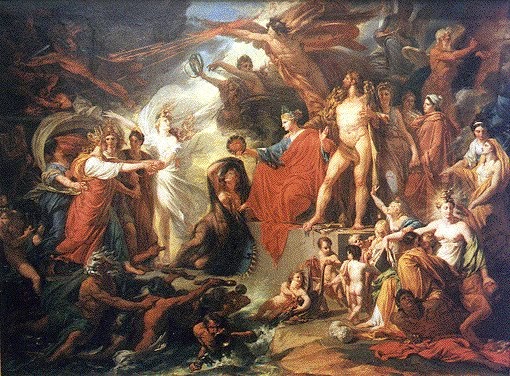 Because it is the language of approximately two billion people of this region and 30 million people of the world, this language has occupied the fourth place among the world's most common languages.
Because it is the language of approximately two billion people of this region and 30 million people of the world, this language has occupied the fourth place among the world's most common languages.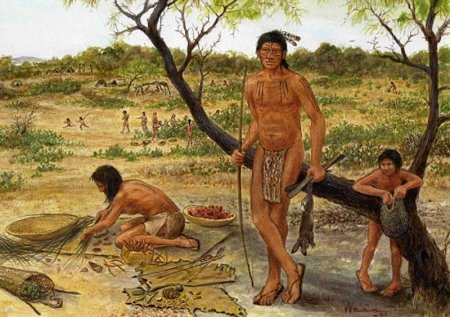 The national anthem of Bangladesh, India and Sri Lanka, and the national anthem of India are composed in this language and from then it is understood in South Asia that this language is important.
The national anthem of Bangladesh, India and Sri Lanka, and the national anthem of India are composed in this language and from then it is understood in South Asia that this language is important.
There is little difference between the usage of Bangla, Bangla and Bangla in West Bengal and its use, pronunciation and phonology. Currently, Bangla and its various dialects are the main languages of Bangladesh and the second most commonly used language in India. This language has created a rich tradition of Bengali literature and the cultural diversity of Bengal created by the Renaissance of Bengal, not only this language, it has played an important role in the formation of Bengali nationalism.
This language has created a rich tradition of Bengali literature and the cultural diversity of Bengal created by the Renaissance of Bengal, not only this language, it has played an important role in the formation of Bengali nationalism.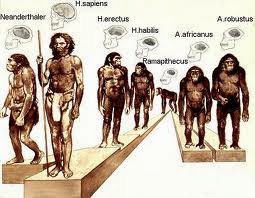
In 1951-52, the Bangla Language Movement organized in East Pakistan established links to Bengali existence with this language. On February 21, 1952, students and protesters protested at the University of Dhaka sacrificed their life in the name of demanding rights of speaking and writing in Bangla. In recognition of their sacrifices for mother tongue, in the year 1999, UNESCO announced the day 21st February as the International Mother Language Day.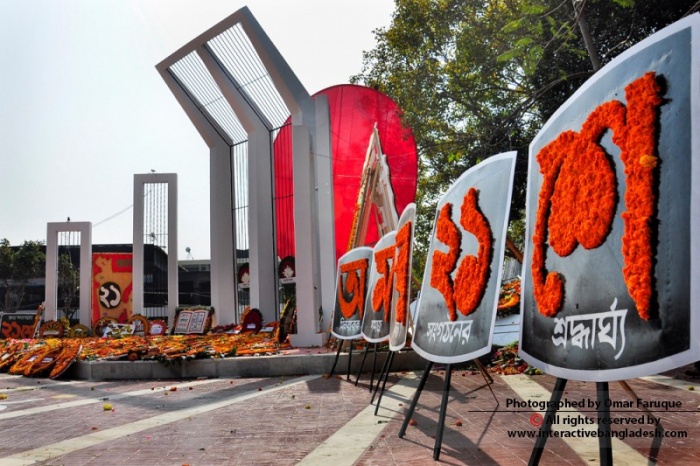
During the period between the 10th to the 12th century AD, Bangla and other eastern Indo-Ary languages originated from eastern Madhya Indo-Aryan languages, such as Magadhi Prakrit and Pali. The spoken language evolved in the first millennium in Magadhi Prakrit or Ardhamagadhi. Like the other Prakrit languages of northern India, in the beginning of the 10th century, the language of indigenous languages originated from Magadhi Prakrit.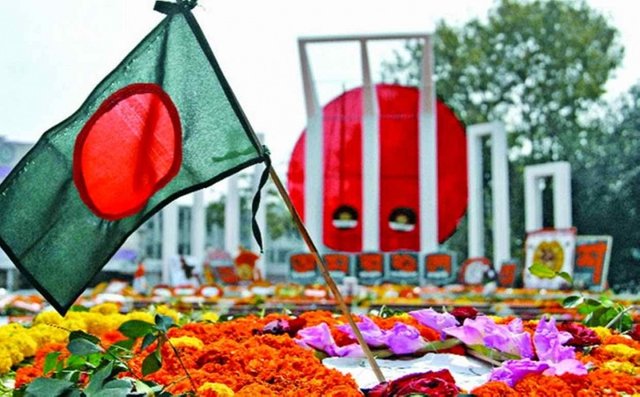 The local delinquent languages of the eastern sub-continent, the eastern half or sub-continent, gradually evolve into regional spoken languages, which basically gave the Oriya language, Bengali-Assamese and Bihari languages. Although some linguists considered the birth of these three languages in 500 AD, the language has not yet become a healthy form; At that time there were various written and etymological forms as well. For example, it is assumed that in the sixth century, the untouchability originated from the Magadhi descendants, which had coexisted with pre-Bengali languages for some time.
The local delinquent languages of the eastern sub-continent, the eastern half or sub-continent, gradually evolve into regional spoken languages, which basically gave the Oriya language, Bengali-Assamese and Bihari languages. Although some linguists considered the birth of these three languages in 500 AD, the language has not yet become a healthy form; At that time there were various written and etymological forms as well. For example, it is assumed that in the sixth century, the untouchability originated from the Magadhi descendants, which had coexisted with pre-Bengali languages for some time.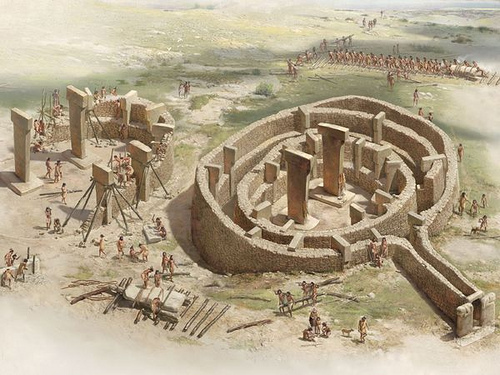
During the period of Chaitanya Mahaprabur and during the renaissance of Bengal, Bengali literature was highly influenced by the Sanskrit language. Even though the pronunciation of Sanskrit words that are added to Bangla are changed according to other Bengali customs, Sanskrit spelling is kept unchanged. Bengal Muslim ruling group made extensive patronage of Bangla language. Besides Persian, Bengali was also recognized as the official language of the Sultanate of Bengal and was widely used. Proto Bangla was also the main language of Pal and Sen empire.
In the nineteenth and twentieth century modern Bangla literature was developed based on the existing West-Central Bangla spoken language in Nadia region. There is a lot of
Chat Conversation End
Impresive 👍